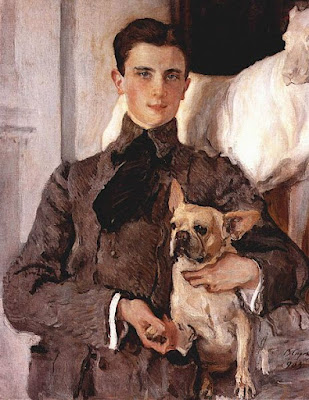Eleanor of Aquitaine

This is a blog post at a special request. Eleonor of Aquitaine was perhaps the most famous queen in the Middle Ages. But who was she? On 1 April 1204 at the age of about 82, Eleanor of Aquitaine died at Poitiers. Who was Eleanor of Aquitaine? Family Eleanor's year of birth is not known precisely: a late 13th-century genealogy of her family listing her as 13 years old in the spring of 1137 provides the best evidence that Eleanor was perhaps born as late as 1124. Eleanor (or Aliénor) was the oldest of three children of William X, Duke of Aquitaine, whose glittering ducal court was renowned in early 12th-century Europe, and his wife, Aenor de Châtellerault, the daughter of Aimery I, Viscount of Châtellerault, and Dangereuse de l'Isle Bouchard, who was William IX's longtime mistress as well as Eleanor's maternal grandmother. Her parents' marriage had been arranged by Dangereuse with her paternal grandfather William IX. Her family were members of the House of Ramnulfid


